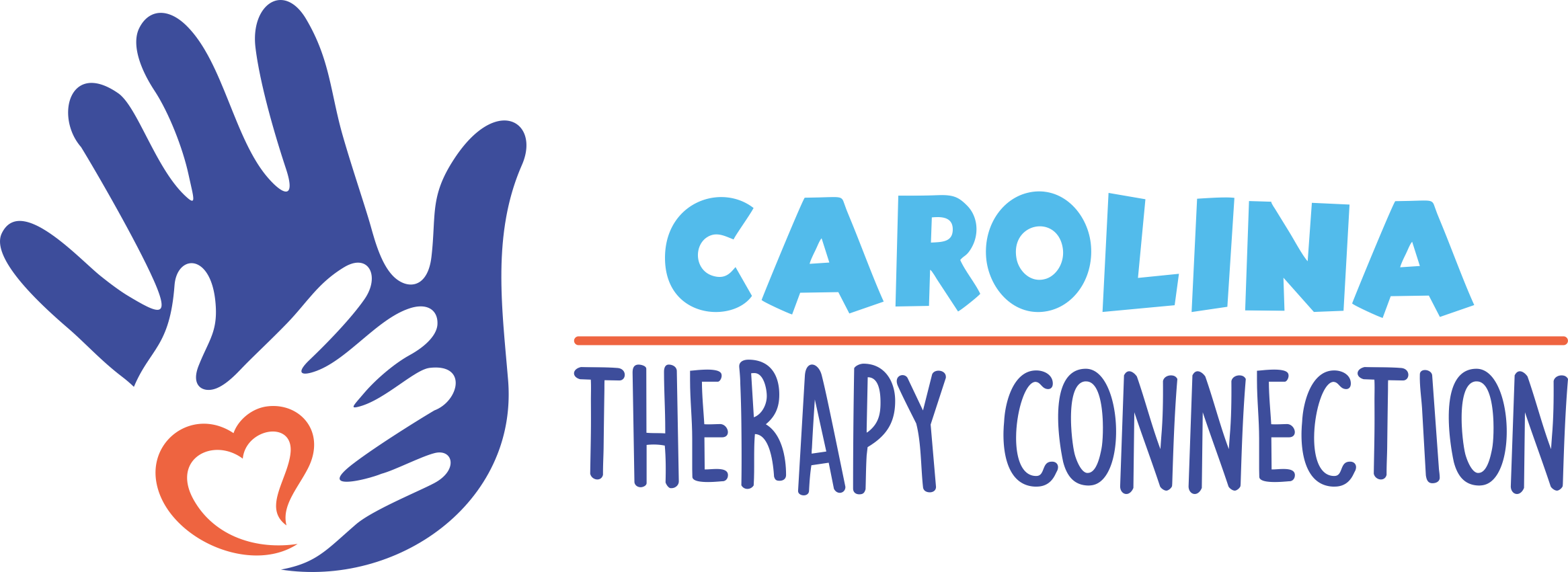What is Dyslexia?
Dyslexia targets about 15-20% of our population! Most of us may not even know we are dyslexic. We could continue our lives undiagnosed and seek little to no help with this problem. Many people with Dyslexia that have been evaluated struggle with academics, self-esteem, and most importantly, they struggle with reading/writing within their own home and in the school environment. Many adults with this diagnosis have difficulties with finding or obtaining employment and causes them to lose self-confidence. Dyslexia is a type of learning disability, specifically reading, but not to be compared with low intelligence. There are many types of disabilities that involve learning, but dyslexia meaning is more in-depth of someone having issues with learning to read, although they are most likely educated enough to learn when want to learn.
What are the symptoms of dyslexia before and at school age?
When it comes to signs of Dyslexia, it can be difficult to visually see a child’s symptoms before they reach a certain age or start going to school. There’s a high chance that the child’s educator will notice an issue before the caregiver.
Here are some signs of Dyslexia:
- The child will have difficulties with letter reversals; (b and d) and/or word reversals (was and saw).
- Your child could be a late talker.
- Problems processing and understanding what is heard
- The child may have difficulties with reading aloud and learning new words and an age-appropriate pace; the child may avoid activities that involve reading
- The child may mispronounce words; or form words incorrectly, such as reversing sounds in words or confusing words that sound alike.
- The child may have trouble with rhyming words and remembering nursery rhymes
- Difficulties with math word problems.
- Difficulties with understanding jokes, punchlines, sarcasm, and inferences.
- Your child may have difficulties with following a written outline of directions or telling directions.
- Difficulties with spelling, learning to read, and recalling names or words.
What Causes Dyslexia?
Dyslexia is not a disease. It is a neurological condition caused by the way the brain is wired up enabling reading and writing causing the individual to result in utilizing coping strategies to adapt to normal environments. Studies show that an individual born with this condition are neither more nor less intelligent than the general population. Research has shown that dyslexia is one of the most common inherited neurological disorders an individual is born with. Even though it affects how the brain processes reading and language, most children have average or above-average intelligence; therefore, work extremely hard to achieve and overcome their reading problems.
What should you do if you suspect or if your child has Dyslexia?
Have a conversation with your healthcare provider and discuss your child’s reading level if you or his/her teacher notice a below-level reading status for your child’s age or if you notice other signs of dyslexia. Fortunately, with the proper assistance, most kids who are dyslexic can learn to read and develop strategies that allow them to stay in the regular classroom. If you suspect you or your child may be dyslexic, early detection and evaluation to determine specific needs and appropriate treatment can improve success. In many cases, treatment can help children become competent readers. It’s important to set an example and support your child with goals that are attainable. Show your child that reading can be enjoyable.
Set Goals for yourself and the child:
- As a parent, you should play a key role in helping your child succeed.
- You can assist your child by reading aloud to them while they are young, then transition to reading together when they’re old enough.
- You can also listen to recorded books with your child.
- Collaborate with your child’s educator.
- Engaged in creating a schedule for reading time.
How can Occupational Therapy help?
Pediatric occupational therapists and certified occupational therapy assistants can encourage children to participate in meaningful tasks within the school and home environments. Therapists can assist in managing dyslexia and assist in increasing children’s confidence and participation in reading and writing tasks. Occupational therapy for kiddos really focuses on building confidence and implementing client-centered care for the child and their families. OT’s can provide strategies for home and school such as:
- Implementing multi-sensory approaches – using other senses to approach learning such as seeing, listening, doing, and speaking).
- Visual prompts: Providing visual prompts for both instructions and organization.
- Visually sequencing tasks (or components within a task) using visual cues.
- Use of colored lines and templates to assist with line placement and letter sizing.
- Visual strategies to assist with reading and spelling such as colored coding paper size according to letter size.
- Using modeling techniques rather than only giving a simple verbal instruction
- Letter formation practice
Written By: Carlos Guilford


